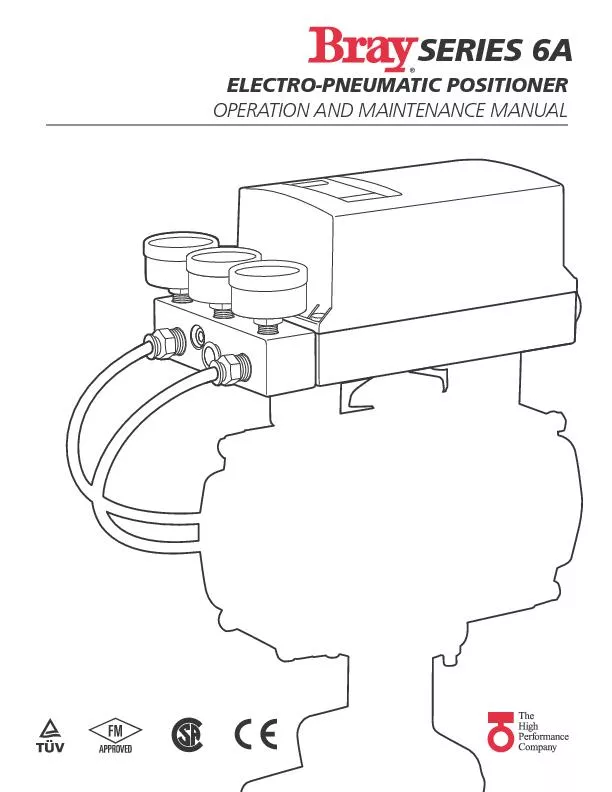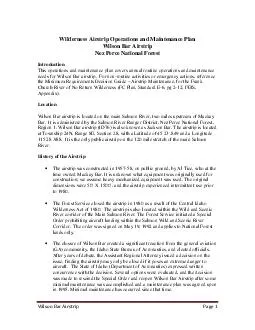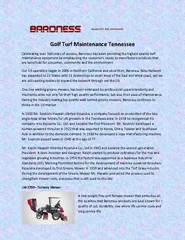PDF-ATICOPERATION AND MAINTENANCE MANUAL
Author : debby-jeon | Published Date : 2016-05-05
t of BRAY INTERNATIONAL IncThe technical data herein is for general information only Product suitability should be based solely upon customerx2019s detailed knowledge
Presentation Embed Code
Download Presentation
Download Presentation The PPT/PDF document "ATICOPERATION AND MAINTENANCE MANUAL" is the property of its rightful owner. Permission is granted to download and print the materials on this website for personal, non-commercial use only, and to display it on your personal computer provided you do not modify the materials and that you retain all copyright notices contained in the materials. By downloading content from our website, you accept the terms of this agreement.
ATICOPERATION AND MAINTENANCE MANUAL: Transcript
Download Rules Of Document
"ATICOPERATION AND MAINTENANCE MANUAL"The content belongs to its owner. You may download and print it for personal use, without modification, and keep all copyright notices. By downloading, you agree to these terms.
Related Documents














